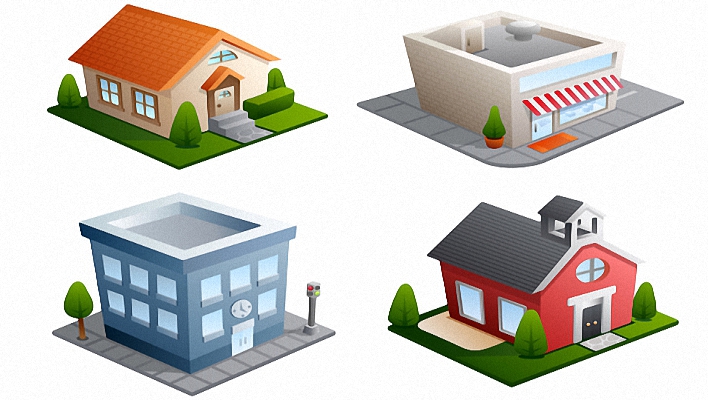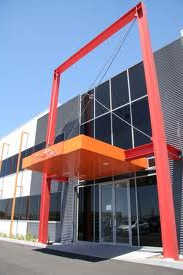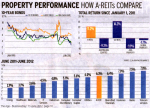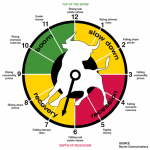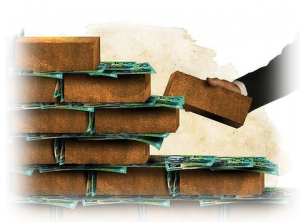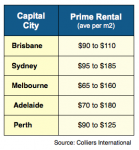
WHEN IT COMES to in-depth analysis of Commercial properties, it is obviously far more complicated than a simple rating system.
That’s because you actually need a sophisticated piece of software – of which there is a number out in the marketplace.
But you’ll find most of them seem overly complicated … are not very user-friendly … and tend to generate endless pages of output data.
There are about 20 Key Items involved.
So, let’s quickly run through these various items. [Read more…]
